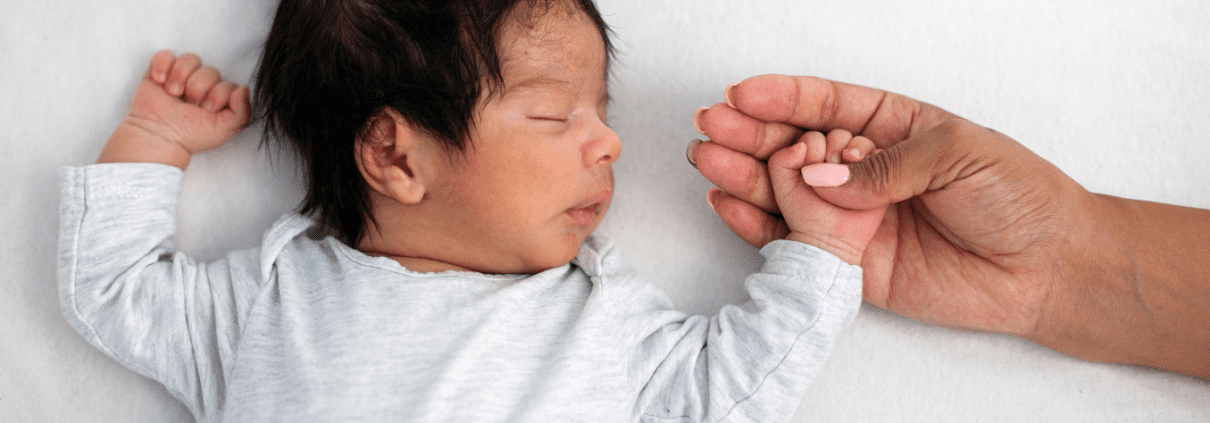Palmar and Infant Plantar Grasp
A child walks on his toes. A young boy shakes his hand and throws his pencil down, exhausted and frustrated by the exercise of writing letters at school. For older children, it may become hard to enter a conversation with a group friends, choosing observation or isolation rather than navigating a complex social situation. Shifts in routine may be hard for others, finding challenge in unpredictable outcomes. These emotional and physical manifestations are the result of immature grasping reflexes and represent how closely our sense of security is linked with the reflexes around one’s mouth, hands and feet.
The Palmar Grasp reflex integrates during the first year after birth and is thought to be part of early evolutionary development that enables some mammals to cling or grasp on to their mother early in life. The hands and mouth both play a significant role in the baby’s earliest exploration of the world around her. When the inner pads of the fingers or palm are stimulated, fingers curl inward. Oftentimes you’ll see infants grasp tightly to an adult’s finger when placed in their outstretched palm.
If the reflex remains active, it may impact fine motor skills, muscle tone development and may lead to speech and articulation challenges. Young children often demonstrate a lingering reflex by needing to clutch a beloved toy or object in their hand as they move through their day. A retained Palmer Grasp reflex may result in tightly clenched fists as well, placing tension on the body overall and particularly upward toward the TMJ area. The Palmer Reflex plays a role in the development of facial expressions in directly as well.
Similar to Palmar Grasp, the Infant Plantar reflex involves curling inward of the toes, and may also demonstrate evidence of early evolutionary cling. This reflex calls upon the longest neurons in the body, traveling down from the brain to the feet and toes. The toes curl in response to pressure applied to the ball of the foot. The reflex gradually integrates with the development of more complex foot movements as an infant’s toes begin to dig into the ground and develop through early crawling stages. These movements prepare the body to stand upright, navigating the world with increasing stability, balance and coordination.
When the Infant Plantar is retained, there may be challenges moving through stages of crawling to walking. Later in life, challenges with running, jumping and overall balance may occur. This may manifest in stiff legs and sore shins. Children that lead with ‘toe walking’ may also have active Plantar reflexes.
Studies have also shown the relationship between grasping reflexes and language, a concept we’ll explore in a later blog post. Infants open their mouths and babble as toes wiggle, and palms often open and close when the Sucking reflex is at work. Active grasping reflexes may result in delayed speech development as a direct connection.


